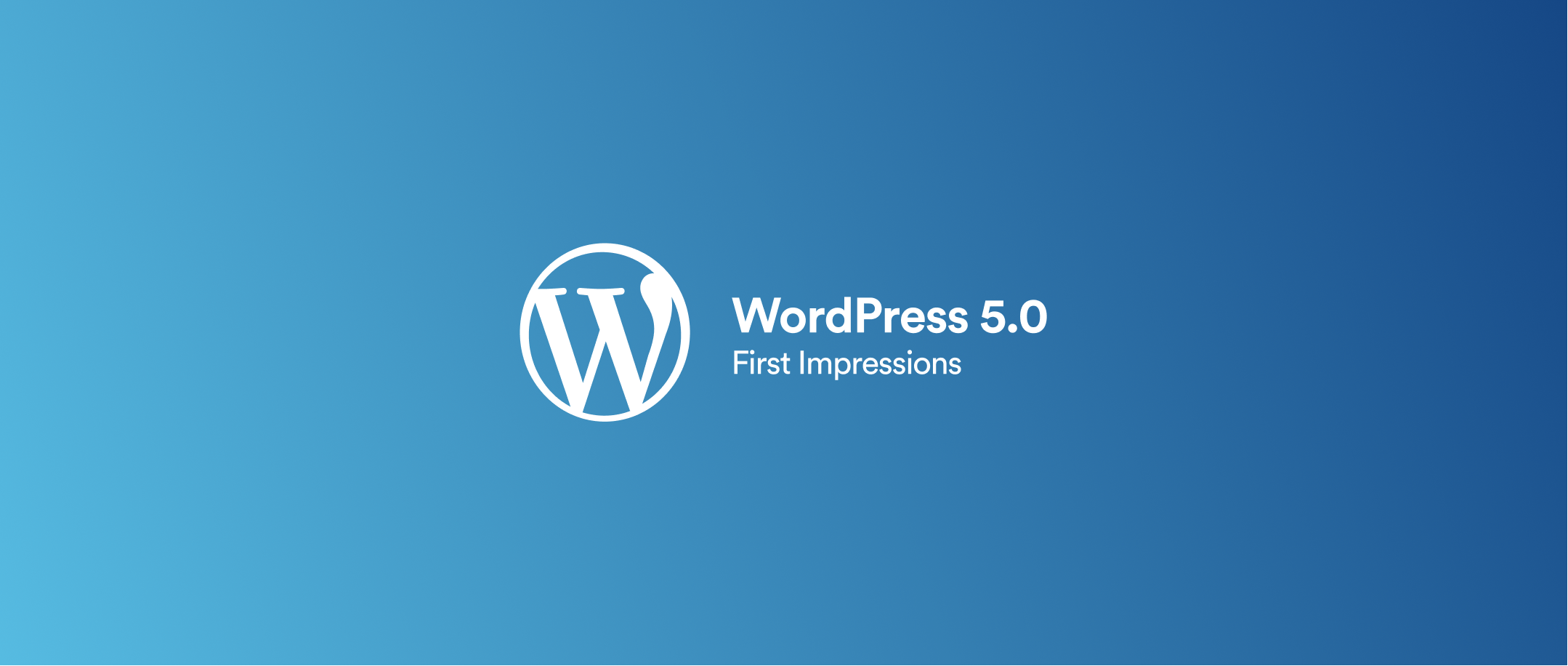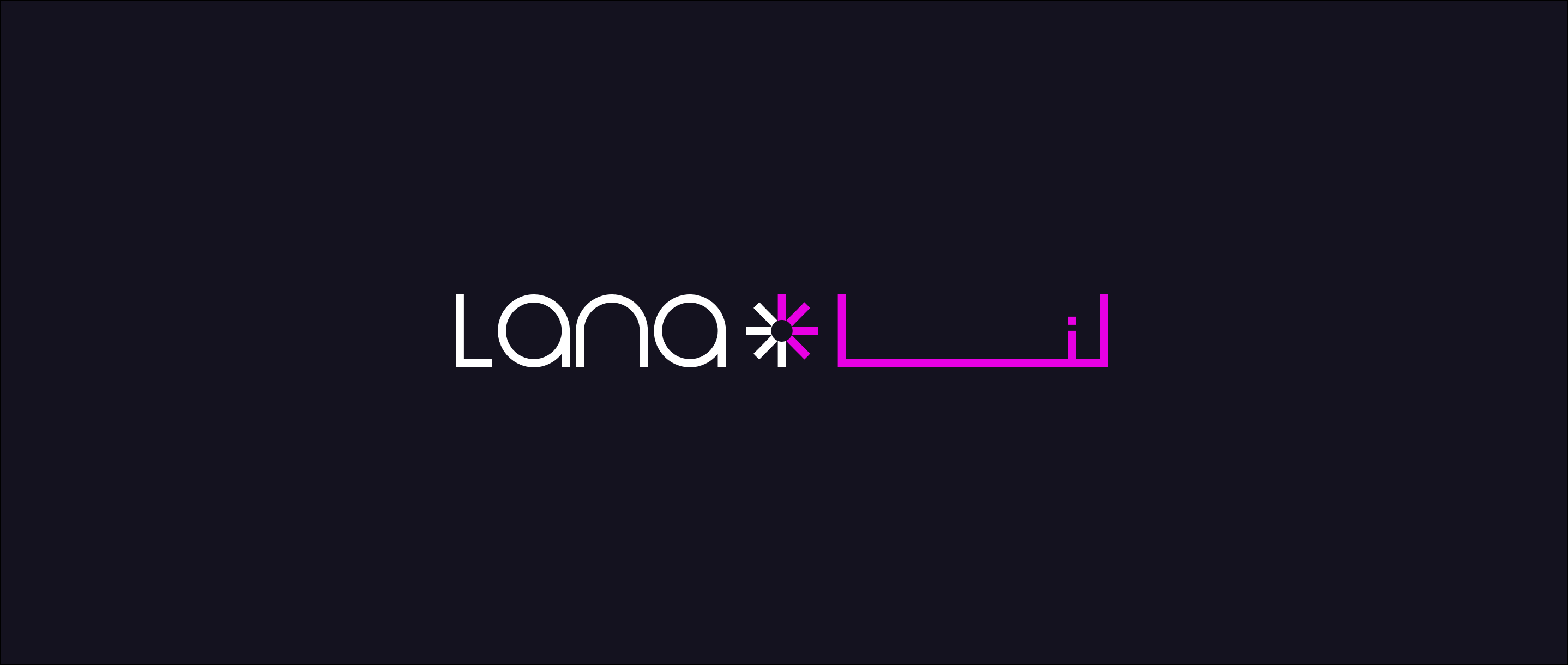The release of WordPress 5.0 has gained an abundance of coverage across various industry blogs due to the radical changes to the layout, which attempts to make it easy for anyone to create rich content layouts with a block-based UI.
As a team, we’ve been collectively working with Gutenberg, and testing it’s limitations, for almost 12 months now, and just last month we spoke openly at #BigWP about our experience of using Gutenberg for two enterprise level projects – an internal app for a global financial organisation and an entirely new website theme for Nobel Peace Prize Winner, Amnesty International. You can view a short demo of how we used Gutenberg to build custom content blocks for the internal app, below.
We took an unusual approach to getting to know Gutenberg. We nominated a single team member to become our in-house ‘expert’ and tasked him to explore the new editor, and then to present his findings to the rest of the team. This worked really well for us, and it’s been a really positive experience for the whole team.
WordPress 5.0 is considered to be a major release with some of the biggest changes to WordPress, but what impact will it have, and is it a stable option for your website? We looked at some of the burning questions surrounding the release…
If WordPress 5.0 is now in beta, does that mean Gutenberg is stable?
In short, yes. On Wednesday 17th October 2018, the Gutenberg team reached the milestone of releasing 4.0 – the first candidate release – which means that it is considered ‘stable’. Although this release marks a key milestone in the Gutenberg calendar, it certainly doesn’t mean the work will stop on the improvements. The team at WP have two more releases (4.1 and 4.2) which will focus on freezing the UI and APIs before the full WordPress 5.0 release – great news for developers wanting to build features as you will no longer need to worry about breaking changes.
If you want to find out more about these key dates, we highly recommend taking a look the GitHub milestones.
When is the follow up to the beta release?
There’s been mixed feedback since the announcement on the launch schedule, which you can find on the WordPress.org Development Cycle post. If everything goes to plan following the beta release today, WordPress aim to do a full release of 5.0 on 19th November 2018. There has been some criticism expressed on social media that this date is rushing things to be inline with WordCamp US in December, but, whatever you believe, personally I think it’s good to have some firm dates set out. It’ll be interesting to see how far Gutenberg has progressed over the last year as the 2017 keynote was exciting, although if the November deadline is missed, the release will be pushed back to 22nd January 2019 to avoid releasing it too close to the Christmas holidays.
We’re using the Gutenberg plugin – when and how do we work towards WordPress 5.0 release?
If like us, you already have a number of sites on Gutenberg, then you should continue to keep the plugin up to date (we know, updating isn’t always easy!).
Whether WordPress 5.0 arrives in November or is delayed until January, you should continue to update the plugin as frequently as possible. You can leave the plugin enabled when updating to WordPress 5.0 (similar to the process for REST API) and once the update is complete, simply delete the Gutenberg plugin.
What do we do with all our non-Gutenberg sites?
I think you would really struggle to find a development team that do not have concerns over how to make Gutenberg work with at least one legacy site. The classic editor plugin was launched to handle this scenario where you want to update to WordPress 5+, but keep the classic editor in place. Alternatively, you may have a site where the theme works great with Gutenberg but you are concerned about the legacy content. You can use the Gutenberg Ramp plugin to control which parts of the CMS uses Gutenberg, so perhaps all new content could use it.
We haven’t done any real Gutenberg development yet – should we be worried?
No, you shouldn’t be worried, but it is a good time to start testing compatibility with sites that you maintain. New projects would benefit with being Gutenberg focused but we know just as well as others that staff training and project budgets can make this difficult. A project that I think will help smaller teams deliver Gutenberg projects is the ACF block system. It’s only in beta at the moment, but should be arriving as stable in November.
I’d expect similar toolkits will appear over the next few months as most teams have been waiting for stable Gutenberg release to test against.
What’s happening with Twenty Nineteen?
Twenty Nineteen development started just a few days ago. There are concerns that it won’t be ready to be shipped with the initial release of WordPress 5.0, and although that would be a shame, there’s the opportunity to get involved. Some of the WordPress core contributors started out by working on themes. You may have seen Aaron Jorbin tweet his first major contribution which was on Twenty Ten, so I encourage you check out the GitHub, here.


